When it comes to the construction, landscaping, and waste management industries, the utility of dump trailers is virtually unparalleled. These versatile towing vehicles facilitate the transportation and discharge of materials, playing a crucial role in improving efficiency and productivity. Among various operational techniques, the method of gravity dumping is particularly advantageous—allowing for rapid unloading with minimal effort. In this article, we will explore in detail how to successfully implement a gravity dump system for your dump trailer.
Understanding the Mechanisms of a Dump Trailer
Components of a Dump Trailer
Before delving into how to achieve a gravity dump, it’s essential to familiarize yourself with the core components of a dump trailer. Understanding each part will provide clarity on how everything works together.
| Component | Description |
|---|---|
| Trailer Bed | The flat surface that carries the load. Usually made from durable steel. |
| Hydraulic Ramp | Elevates the trailer bed to allow gravity to aid in unloading. |
| Tandem Axles | Provides stability and balance during transportation and dumping. |
| Safety Chains | Secures the trailer to the towing vehicle. |
| Electric Brake System | Enhances control during both transit and unloading phases. |

How Dump Trailers Function
Dump trailers operate primarily on hydraulic mechanisms that elevate the trailer’s bed. However, for a gravity down function, once the trailer is elevated, gravity takes over to remove the load. This process can significantly reduce the mechanical effort required to unload, making it a preferred technique for many operators.
Steps to Implement Gravity Dumping
1. Ensure Proper Weight Distribution
Before utilizing a gravity dump, confirming that your load is evenly distributed across the trailer is imperative. An unbalanced load can lead to instability during the dumping process:
- Check Load Stability: Ensure no materials are piled excessively on one side.
- Weight Limit Adherence: Never exceed the maximum weight capacity of the dump trailer to avoid breakage or accidents.
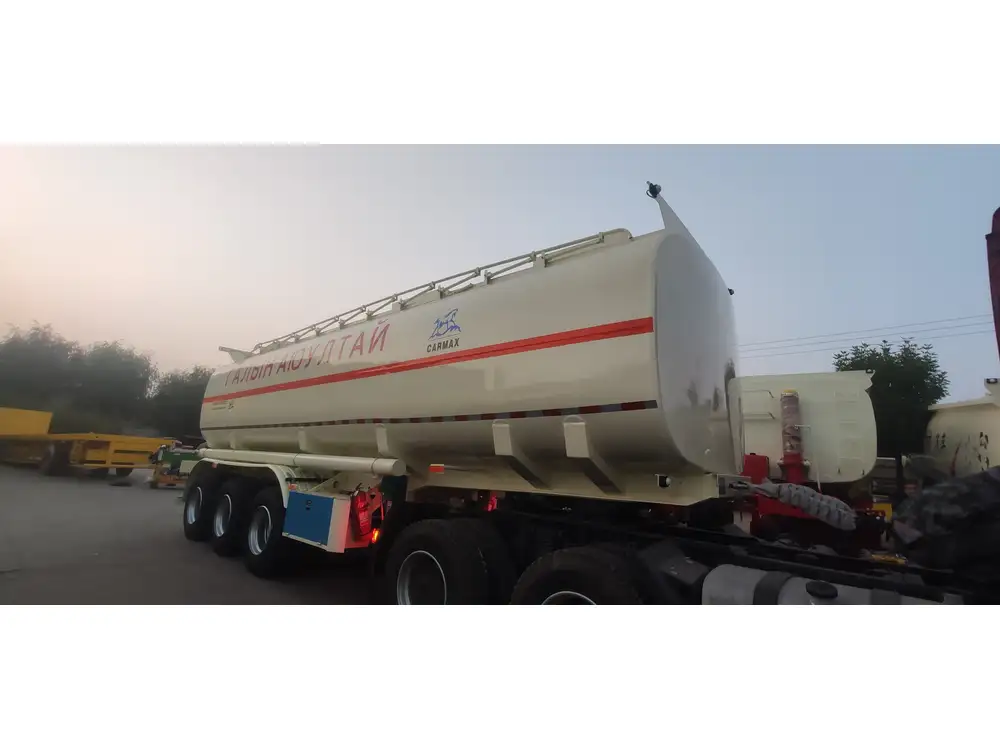
2. Prepare the Site for Unloading
The location where you intend to dump the load plays a significant role in the success of the gravity dump:
- Level Ground: Choose a flat surface to prevent rollbacks or uncontrolled dumping.
- Clear Obstacles: Ensure the area is free from obstructions that could interfere with the unloading process.
3. Position the Trailer
Proper positioning is essential for an efficient dumping process:
- Align the Trailer: Make sure the trailer is positioned straight to the dumping site.
- Use Chocks: Employ wheel chocks to secure the trailer and prevent any accidental movement.
4. Activate the Hydraulic System
Once the trailer is in position, activating the hydraulic system is necessary:
- Engage the Control: Depending on your trailer, controls might be a switch, lever, or remote. Carefully read and follow the trailer’s manual for technical specifications.
- Elevate the Trailer Bed: Gradually raise the trailer bed until desired height is reached—this is critical as over-elevation can lead to tipping.
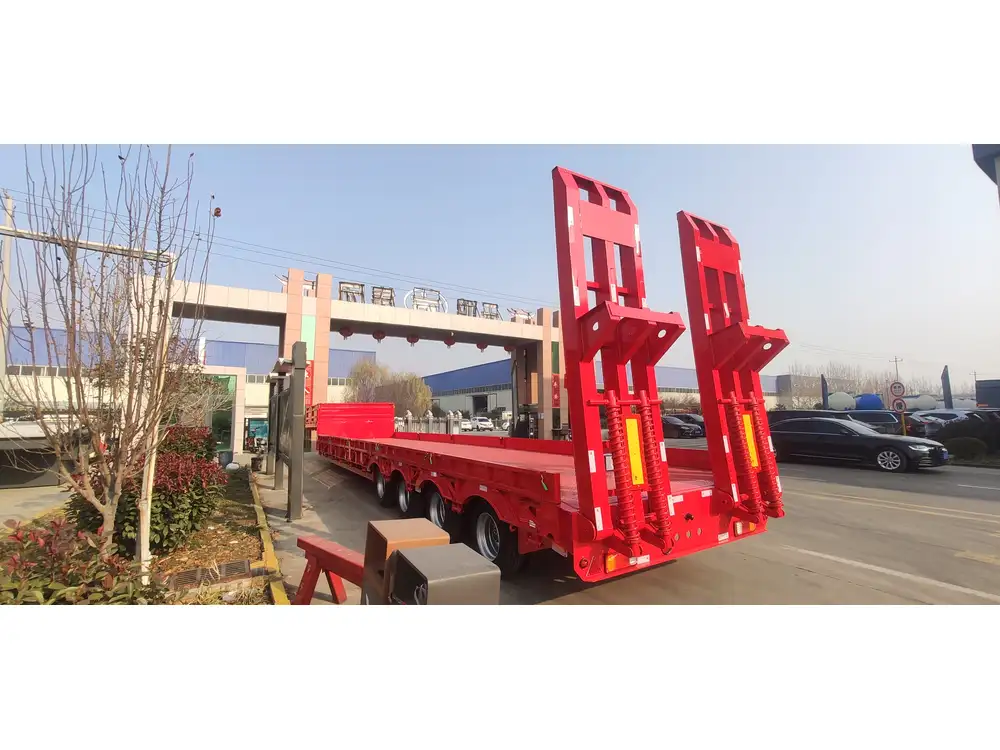
5. Initiate Gravity Unloading
With the trailer bed elevated, gravity will do its job of unloading the materials:
- Release Safety Mechanisms: Some trailers may have locks or brakes; ensure these are disengaged to allow for quick unloading.
- Observe the Process: Maintain a safe distance and monitor for issues, such as jamming or uneven unloading.
6. Lower the Trailer Bed
Once the load has been discharged, lowering the trailer bed is the final step:
- Gradually Lower: Smoothly lower the trailer bed to a flat position, avoiding abrupt falls which could damage the trailer.
- Ensure Stability: Before moving the trailer, verify that it is stable and there are no obstructions.
Important Considerations for Safe Gravity Dumping
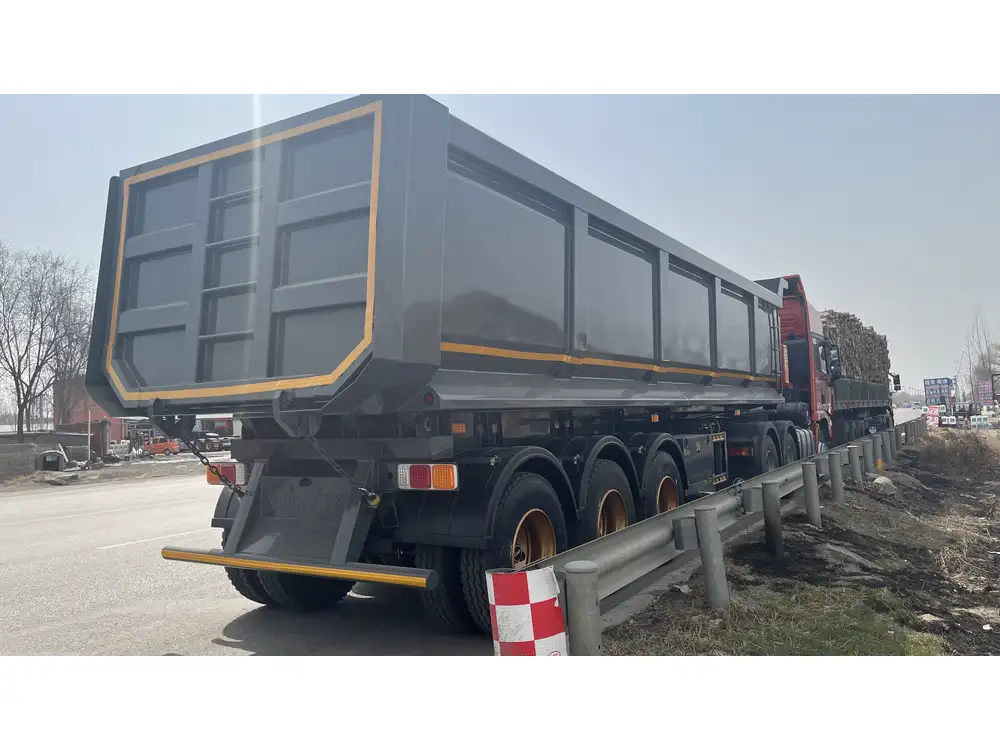
1. Safety Precautions
Safety should always be your priority when operating dump trailers:
- Wear PPE: Equip yourself with personal protective equipment such as helmets, gloves, and steel-toed boots.
- Inspect Equipment: Regular maintenance checks on hydraulic systems and other components are vital to ensure proper functioning.
2. Training and Certification
Equipping operators with proper training can mitigate many risks associated with dump trailer operations:
- Certification Programs: Enroll operators in certification programs to ensure they understand the mechanics and safety protocols.
- Hands-On Training: Facilitate on-site training sessions to offer practical experience.
3. Legal Compliance
Be aware of local regulations regarding loading and unloading materials:
- Check Local Ordinances: Always stay informed about regulations that could affect your operations.
- Maintain Proper Documentation: Keep records of weight, type of materials, and any permits.
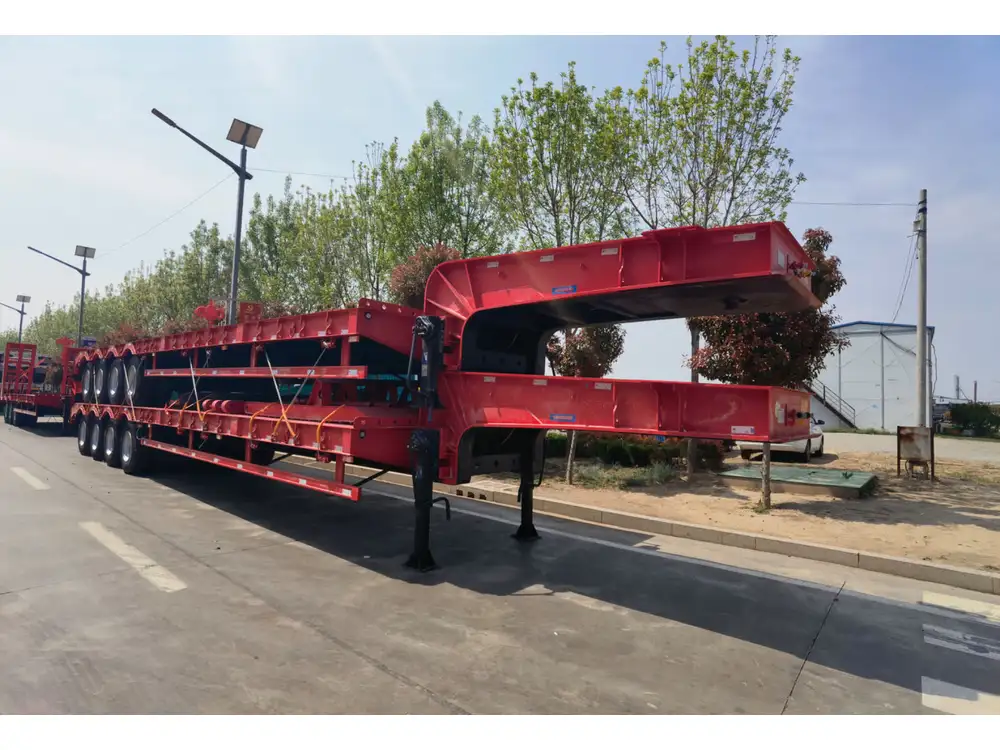
Benefits of Using Gravity Dumping
Efficiency
Using gravity for unloading significantly speeds up the process, leading to quicker project turnaround times. Here’s a comparison to illustrate:
| Method | Estimated Time to Unload |
|---|---|
| Gravity Dumping | 5-10 minutes |
| Manual Unloading | 20-30 minutes |
Reduced Labor Costs
Minimizing the need for manual labor not only helps cut costs but also reduces the risk of worker fatigue and injuries.
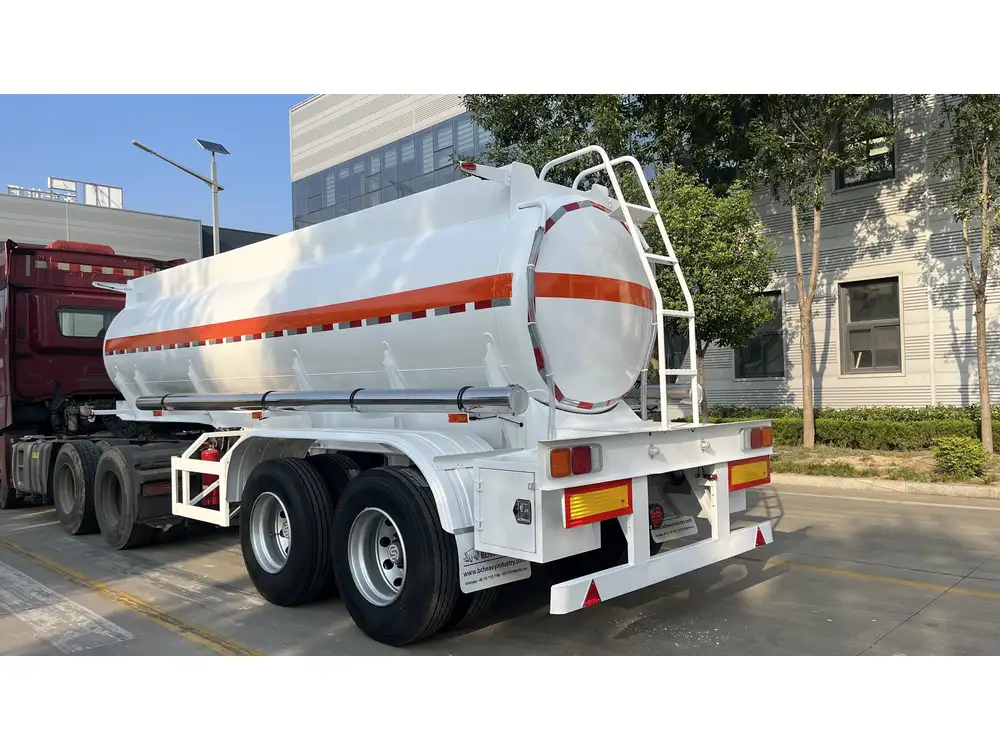
Enhanced Control
Gravity dumping provides an intuitive and straightforward method of unloading. Operators can easily control how the material is unloaded by adjusting the height of the trailer bed.
Troubleshooting Common Issues
Uneven Unloading
Issue: Materials do not discharge evenly.
Solution:
- Check for blockages on one side of the trailer bed.
- Ensure that the load was balanced before elevation.
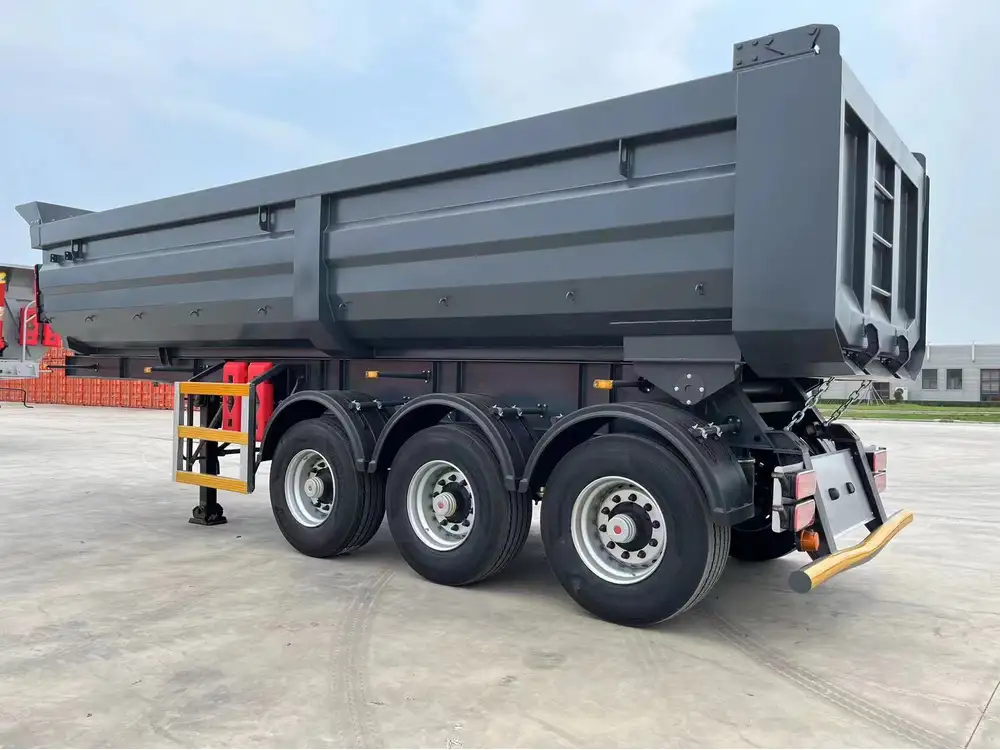
Hydraulic Failure
Issue: The hydraulic system doesn’t function as expected.
Solution:
- Inspect hydraulic lines for leaks.
- Ensure that the hydraulic fluid is at an adequate level.
Stability Concerns
Issue: The trailer feels unstable during unloading.
Solution:
- Recheck if wheel chocks are properly positioned.
- Evaluate the weight distribution of the load.
Conclusion
Mastering the technique of gravity dumping with dump trailers is a skill that can lead to significant improvements in efficiency and safety in operations. Following the steps outlined above, and keeping safety as a focal point, will enhance any unloading processes you manage. The benefits are clear—time savings, reduced labor costs, and improved safety, making gravity dumping a valuable approach for anyone involved in the transportation and unloading of materials.
For those in the trailer manufacturing sector, investing in quality equipment that facilitates effective gravity dumping can significantly differentiate your offerings in the market. By continually improving both equipment and operator knowledge, you can contribute to a more productive and safer work environment.
By employing these strategies, not only will you optimize your operational efficiency, but you’ll also create a safer workplace, thus paving the way for enhanced productivity and a better bottom line.



